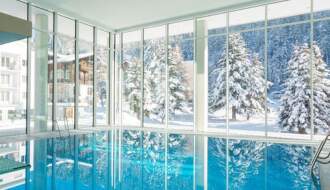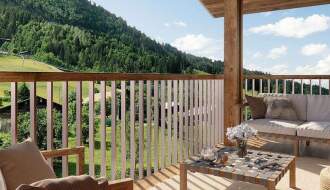With a lot of talk of the impact of climate change, both off and on the slopes, many of us are becoming more and more aware of the benefit of ‘going green’ – and that includes in the home. So, if you’re looking for an eco-friendly ski property, what should you look out for?
1. Renewable energy sources
It almost goes without saying that squeaky-clean energy sources are one of the first places to look. New builds often trump older, resale properties here. Among ski homes, geothermal heating is a common favourite, as it’s completely renewable and reliable. Better still is to have automatically adjustable and controllable heating, which can adjust itself as and when needed, meaning that you never use what you don’t need to. Individual systems for each room also help to keep usage down, particularly in underused spaces.
Some new developments harness their surroundings, such as some of the eco-friendly ski properties around Chamonix’s golf course, which use turbines powered by the Arve River to generate electricity.
In older properties, look at how you could convert the heating systems. For example, you could switch to using wood pellet stoves, or install photovoltaic solar panels on the roof as part of a hybrid system.
2. Strong insulation and ventilation
Any eco-friendly ski property that isn’t well insulated wouldn’t be worth its salt! The ‘Passivhaus’ standards generally say that you want a high-mass material with high storage capacity – unlike normal masonry, which can release heat very quickly.
Equally, you want the temperature to be as little affected by the outside temperature as possible. Now, no-one can really live in an airtight house, so you will need ventilation, but consider the design carefully. A double-flow, or double-flux, system brings air into the property, but makes sure that the air from the second flow, going out of the house, heats it up before it reaches indoors.
3. Energy-saving devices
Even the most eco-friendly ski property can still be a high consumer of energy from the inside. Make sure all devices are as green as possible – simple changes include using LED lightbulbs instead of halogen ones, or fitting an aerator to your shower head.
For anyone using their ski home in the summer season, looking to water plants or even a garden, then think about using ‘greywater’. The buzzword for rainwater, this means catching rainwater in butts, putting it through a small filter and then using for things like watering the garden.
4. Transport accessibility
Many of us take the plane to our favourite resorts, but neither this, nor cars, are particularly eco-friendly. If you choose to look for a ski property in a resort that’s easily accessible by train, then you know that you’re taking the greener method of travel. Eurostar, for instance, offers direct access to Tignes, Courchevel and Les Arcs.
Even in resorts not directly accessible, you’ll often be able to find specially set up links. For example, to get to Alpe d’Huez, you can simply go to Grenoble by train, and then take the bus from the Gare Routière.
To find out more about purchasing a ski property, don’t miss your free Buying Guides for an expert, comprehensive overview of how to buy abroad.
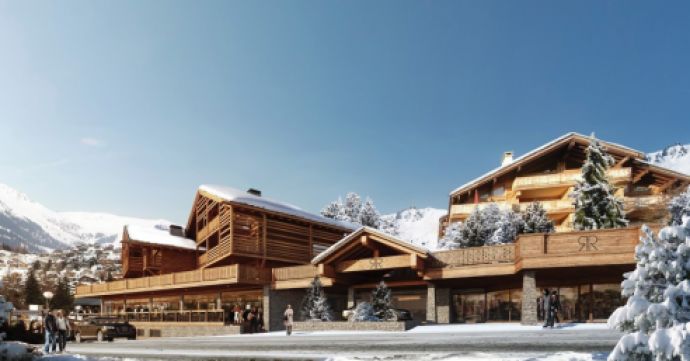
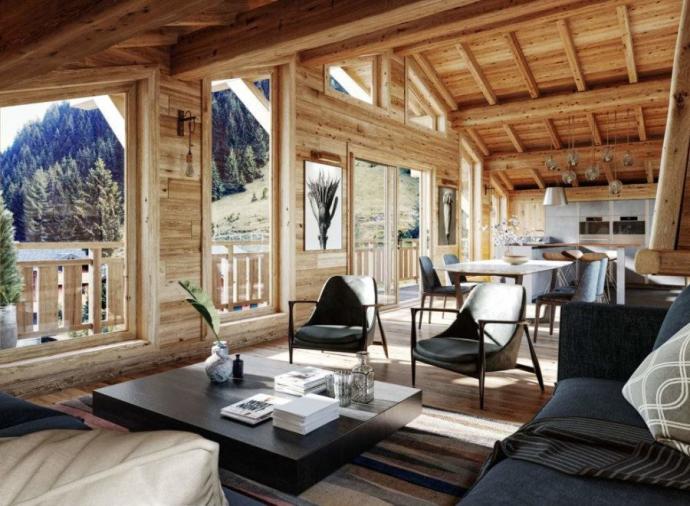
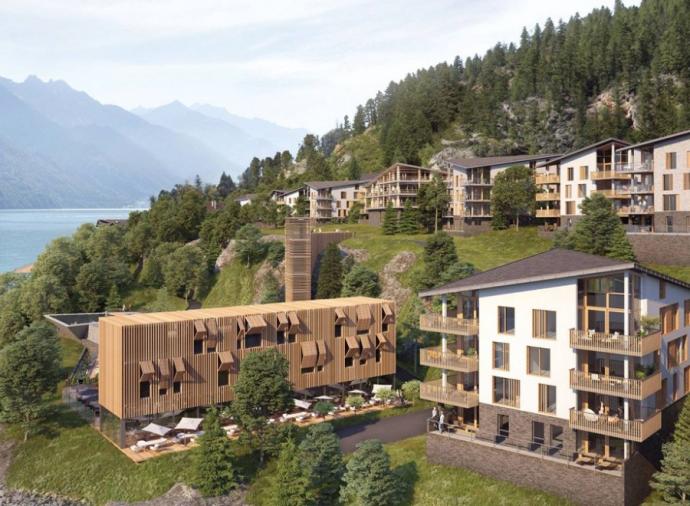
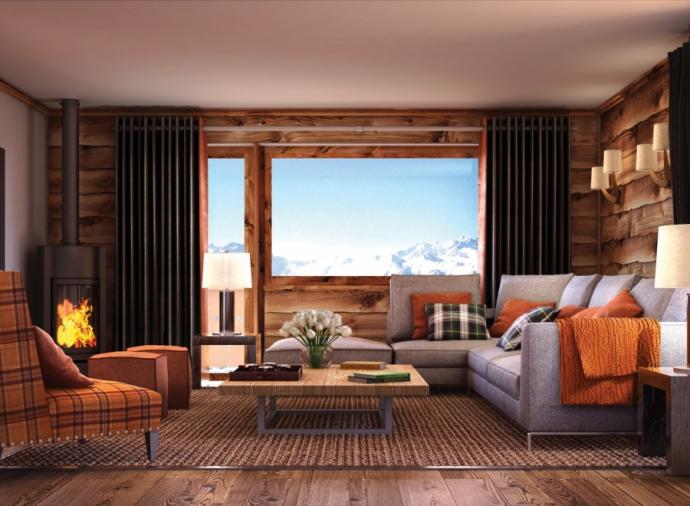
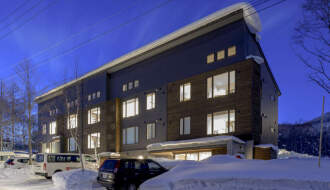
 Apr 22, 2024
Apr 22, 2024
